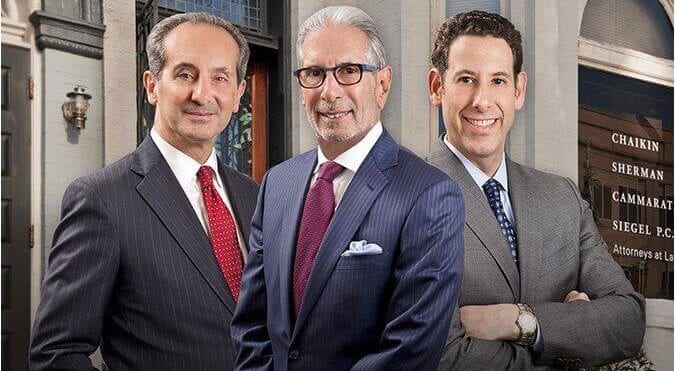Nolan Axenfeld is a senior at DeMatha High School in Hyattsville, Maryland. He was expected to be one of the soccer team’s stars this season. He has already been recruited to play for Virginia Tech, and his coaches are eager for him to return to the field. So why has Nolan not returned to play? Over the summer season Nolan played for the Bethesda-Olney academy team, and he suffered a severe concussion in June. His head collided with another player’s head with such force that Nolan’s head was split open and had to be closed with staples. Nolan spent two weeks recovering from that injury and returned to the field in July for the team’s last two games.

Nolan went on to spend the rest of his summer the way that many boys his age do. He vacationed by the water and spent his time diving, waterskiing, and tubing. Nolan quickly began to experience concussion symptoms again. He did not realize that his first concussion put him at risk for second impact syndrome. The repeat injury to his brain had a cumulative effect, which can result in long-term and even permanent impairments. Nolan sought help from a neurologist, an ophthalmologist, a chiropractor, and an acupuncturist, but he has received little relief. Nolan still experiences black spots that almost continually rotate through his field of vision and he has headaches that often last the entire day. Still some of his coaches are confused as to why he has not returned to the team.
One tool that professionals use to determine if a player is ready to return to play is a baseline test. If a player performs as well or better on their baseline test, which was conducted prior to the concussion, then some professionals believe that the player is fit to return to play. Other professionals like, Gerard Gioia, the Director and the Division Chief of Neuropsychology for the Safe Concussion Outcome at Children’s National Health System, believe that the baseline test is only one of many factors to examine.
Gioia says many players come to him asking “did I past the test”, as if it is the only factor involved in the decision to return to play. He responds to these players by saying, “our brain is too complicated for there to be [one] test. It really involves multiple kinds of factors, and we want to make sure we’re covering all of those factors, like the symptoms, the cognition, the balance, your school, your social function and so on. One of the ways the brain manifests an injury is through problems with your cognitive performance, but not every injury impairs your cognitive performance.” Nolan will not base his decision to return to play on the baseline test alone. He knows that as long as he is still experiencing concussion symptoms he is a very high risk to suffer repeat damage to his brain, which could result in catastrophic impairments.
Nolan’s coach Dafydd Evans, says, “what’s really strange is he keeps passing all of his concussion tests, so nothing shows that he is still concussed, which is very, very strange. He’s tried all types of things, and there seems to be a couple of things still bothering him.” Nolan’s teammates also wonder why he has not just shrugged off the symptoms and returned to the field. It was not an easy decision in the midst of pressure from many angles, but Nolan made the difficult yet admirable decision to put his health first.
At Chaikin, Sherman, Cammarata, and Siegel we continually stay informed of the developments in brain injury litigation. If you were injured playing sports, in an accident, or due to the negligence of another, we may be able to help you recover damages for injuries due to a traumatic brain injury. Please call our firm for a free legal consultation.

